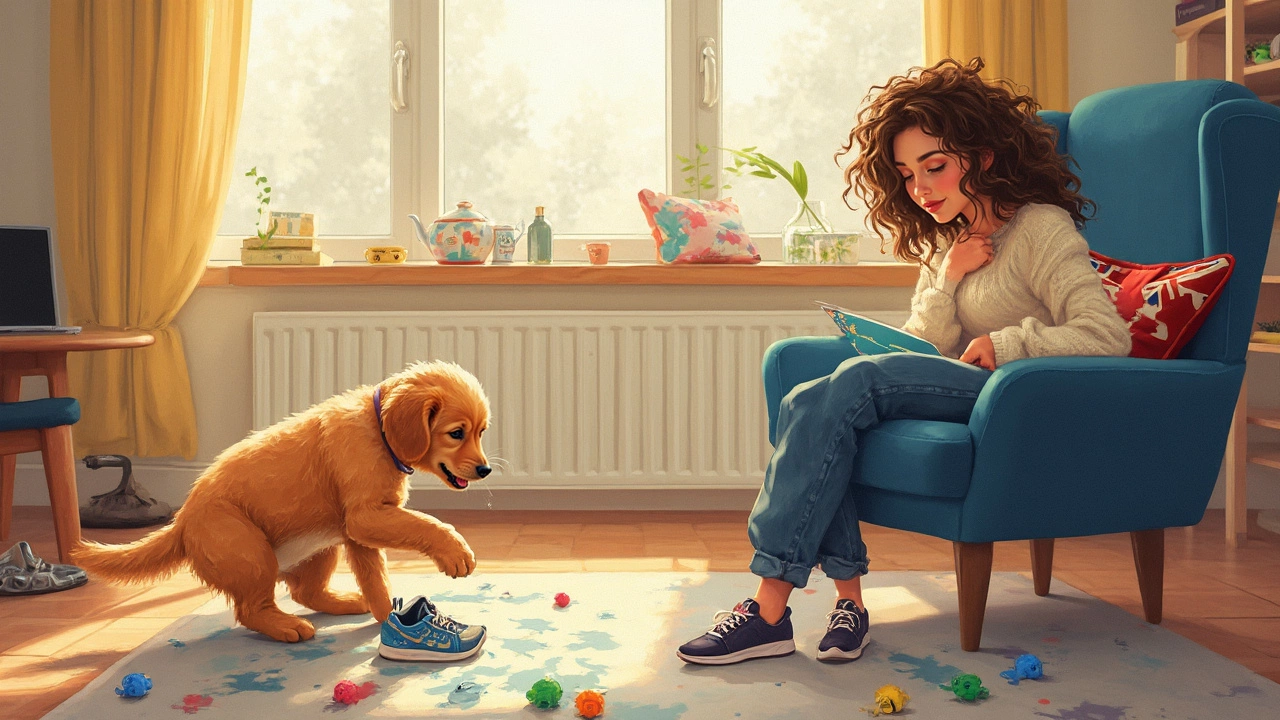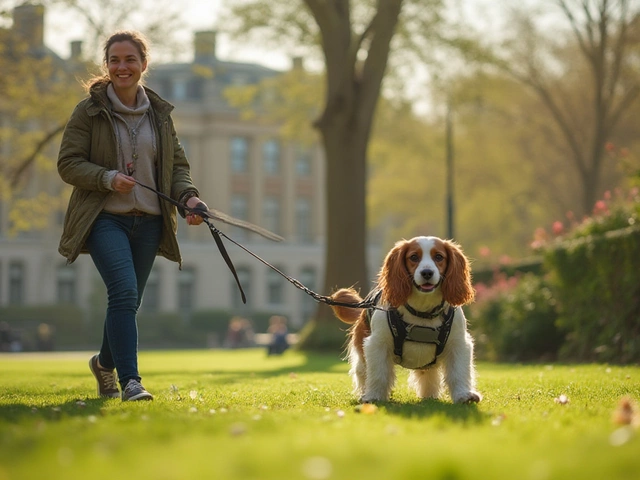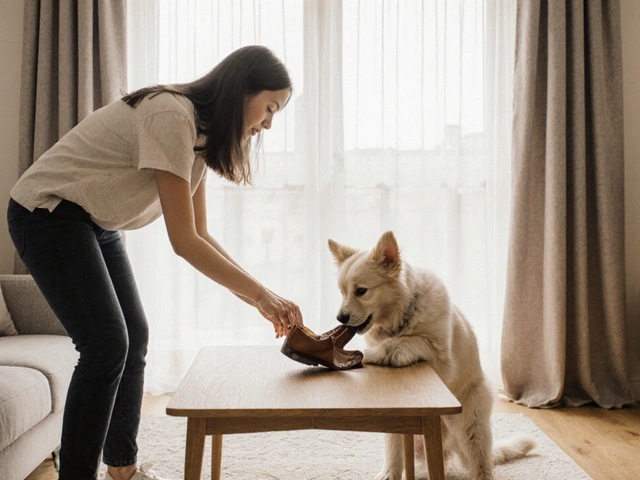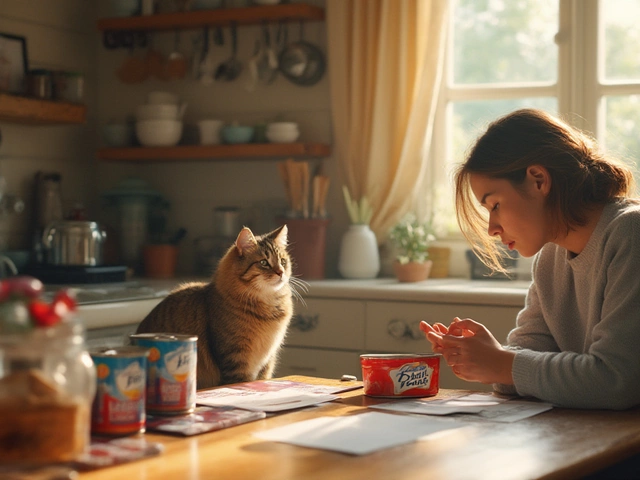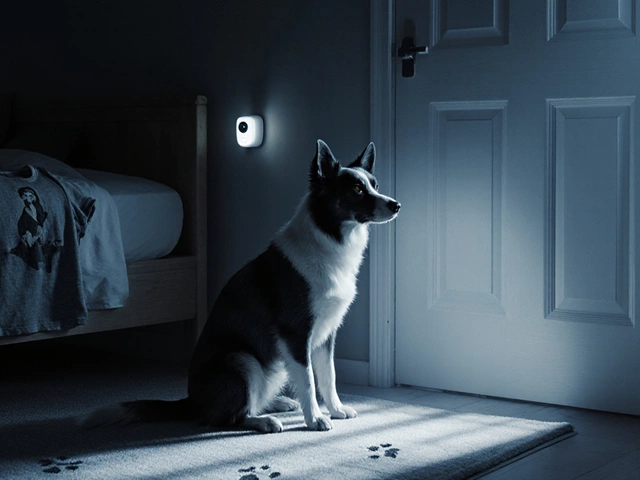If you thought bringing home a puppy meant snuggles and cute Instagram pics, let’s talk about chewed-up sneakers and midnight zoomies. The age between 3 and 6 months is infamously tough for puppy parents. This is when puppies hit their peak teething stage, turning everything—furniture, socks, fingers—into fair game for chewing.
Why is this age so difficult? Puppies go through a major teething phase, losing their baby teeth and growing in adult ones. Their mouths hurt, and they need relief. That’s where toys come in. Pick the right ones, and you’ll save both your belongings and your sanity. Pick the wrong ones, and your pup will go straight for your favorite pair of headphones.
There’s no magic fix, but understanding this stage helps a ton. Most pups start teething hard at around 3 months, and it can last up to 6 months (sometimes longer for big breeds). Their jaws are getting stronger, their brains are working overtime, and boundaries? They haven’t learned those yet. So expect some chaos and get ready with the right gear.
- Why Puppies Turn Into Tiny Tornadoes
- Puppy Teething: When Does It Peak?
- Picking the Right Toys for Survival
- Tips to Keep Your Pup (And Your Stuff) Safe
Why Puppies Turn Into Tiny Tornadoes
Puppies might look adorable, but this stage is a real rollercoaster. Around the 3 to 6 month mark, most puppies act like energizer bunnies that never run out of batteries. This isn’t just random hyperactivity. It’s how their brains and bodies naturally develop.
First, puppies start getting curious. Their brains light up with new sights, sounds, and smells every single day. Their way of dealing with this overload? Exploring—with their mouths. Whether it’s a couch leg or a power cord, it’s all fair game.
Second, puppies’ bodies are changing fast. They’re learning how to control themselves, but motor skills and impulse control aren’t fully there yet. So, when they get excited, there’s not much to stop them from running laps around the living room or pouncing on anything that moves.
A big reason for the chaos: teething. This is the time when baby teeth fall out and adult teeth grow in. That makes chewing almost irresistible. Giving your puppy the right puppy toys is more than fun—it’s basically a must if you want to keep your things safe (and your puppy busy).
Their wild behavior? That’s also how they burn energy. Play for a puppy isn’t just silly fun—it’s their way of learning everything from social skills to bite strength. If you notice your puppy acting like a tiny tornado, remember: their bodies and brains are working full-time to grow up. Channel that energy into chewing on toys, learning tricks, or just endless games of fetch, and you’ll both survive this wild phase a lot easier.
Puppy Teething: When Does It Peak?
If there’s one thing every dog owner dreads, it’s the weeks when their puppy tries to gnaw their way through the house. Teething doesn’t just happen overnight—it rolls out in stages. Usually, the messiest, most chewy stretch is between 16 and 24 weeks old.
Puppies start getting their baby teeth as early as 2-3 weeks old, but these aren’t what cause the trouble. It’s when those teeth fall out and adult teeth shove their way in—anywhere from 12 weeks to 6 months—that stuff gets intense. That’s when you’ll see the real chewing, drooling, and desperate searching for relief.
Here’s a simple breakdown of puppy teething by age:
| Age (Weeks) | Teething Stage | What To Expect |
|---|---|---|
| 2-4 | Baby teeth start to come in | Mostly nursing; not much chewing yet |
| 5-8 | All baby teeth in | Nipping, exploring with mouth |
| 12-16 | Baby teeth start to fall out | Teething begins; starts chewing more |
| 16-24 | Adult teeth erupt | puppy toys needed; peak chewing phase |
| 24+ | Teething slows down | Bite inhibition improves, but chewing persists |
The most intense need for chewing hits just as their adult teeth come in hard and fast. If you spot tiny teeth around your floor or see your pup chewing like there’s no tomorrow, they’re probably right at that peak. This will usually last a few weeks, but the urge to chew can stick around even after the pain dies down. Big breeds may take longer, so don’t toss out the chew toys too soon.
Don’t wait for your puppy to turn destructive before you react. Start giving them proper chew toys before this phase gets wild. Safe toys are more than a distraction—they actually protect your pup’s gums and help those new teeth come in straight. Skip hard bones or anything that could chip a tooth. Go for rubber, rope, or chillable teething toys—they’re a lifesaver for everyone involved.
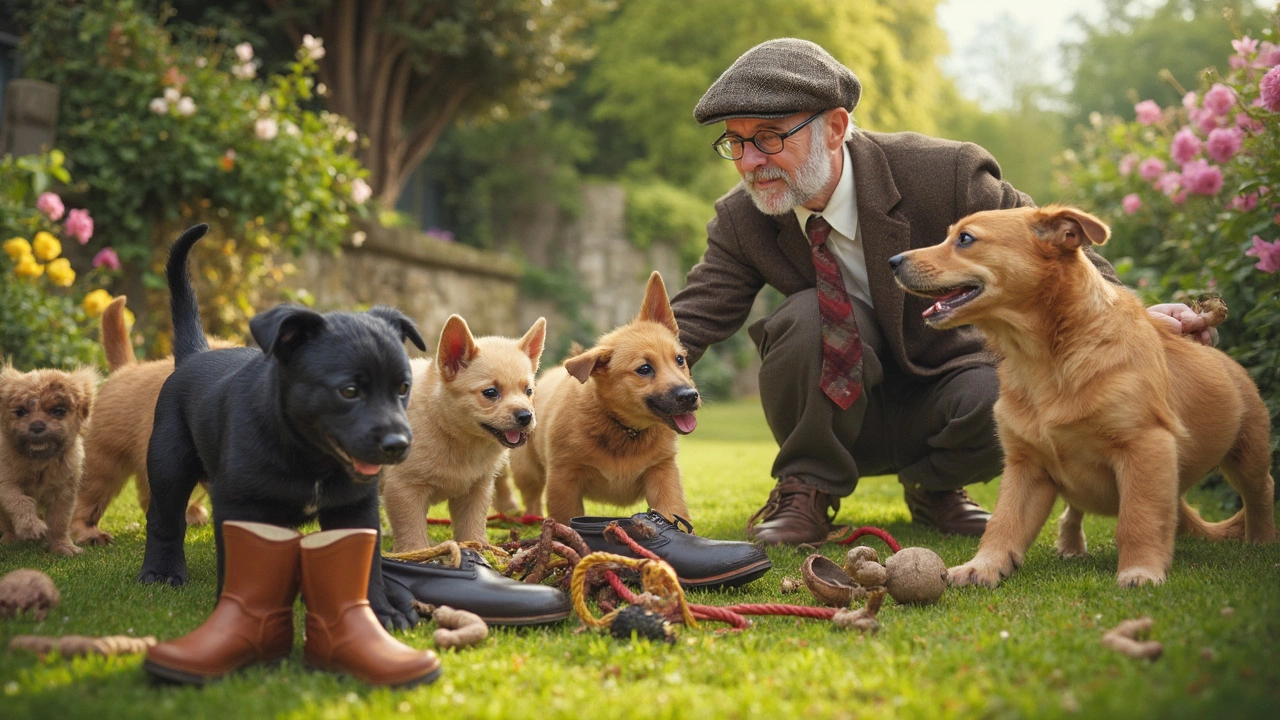
Picking the Right Toys for Survival
Choosing the right puppy toys during those tough teething months isn’t just about entertainment—it’s about keeping your dog healthy, saving your stuff, and making life way less stressful. Puppies have different needs depending on their breed and how aggressive they chew, but there are a few tried-and-true options that keep most pups busy and happy.
When hunting for toys, durability is a non-negotiable. Soft toys usually get shredded in minutes. Look for sturdy rubber, nylon, or rope toys made just for teething puppies. Brands like KONG, Nylabone, and West Paw have built solid reputations for a reason—their toys can usually take a beating from even the most determined chewers.
- Teething rings and chew bones: Specially made for sore puppy gums. Freeze them for extra relief. Puppies love the cold, and it helps numb the pain a little.
- Treat-dispensing toys: These keep your puppy busy and encourage problem-solving. Fill a KONG with peanut butter (xylitol-free, please) or a little wet food and let your pup work for their snack.
- Rope toys: These are good for chewing and gentle tug. Don’t use them with aggressive pullers though—they’re best for young and small breed pups.
- Noisy or crackly toys: Just make sure the material isn’t easy to tear open, or you’ll have fluff everywhere and maybe a choking hazard too.
Make safety a habit. Always check toys for damage and throw out any pieces that break off. Swallowing bits of rubber or rope is a fast way to end up at the vet. Also, remember not every “cute” toy is safe for puppies—those little plush animals with plastic eyes? Hard pass for teething chewers.
| Toy Type | Owner Satisfaction (%) |
|---|---|
| Rubber Chew Toys | 92 |
| Treat-Dispensing Toys | 85 |
| Rope Toys | 77 |
| Plush Toys (With Minimal Stuffing) | 50 |
Puppies love novelty, so rotate their toys every couple of days. This keeps things interesting and prevents boredom (which usually leads to more chewing on off-limits stuff). And don’t overload your pup with too many choices at once—two or three at a time is plenty. Trial and error plays a part here, since every puppy has their own quirks.
Tips to Keep Your Pup (And Your Stuff) Safe
Keeping your things safe from a teething puppy feels impossible, but a few habits really make a difference. First, puppy-proof your home before the chewing frenzy starts. Put away shoes, cables, remotes, and anything small enough for them to chomp (or swallow). Keep bedroom and bathroom doors closed. Out of sight, out of mind.
Next, have a stash of puppy toys that are safe, durable, and fun. Skip anything that can be torn apart and swallowed in minutes. Rubber chew toys, frozen Kongs, and flexible nylon bones last longer and are easy on their gums. Rotate toys so your puppy doesn’t get bored—novelty keeps things interesting for them. Chew toys designed for teething puppies can even help soothe sore gums (some can be chilled in the freezer for extra relief).
Redirection is your best tactic when the chewing starts. The second you catch your puppy gnawing on something off-limits, offer a toy as a swap. Praise them when they choose the toy, not the table leg. Every time you do this, you’re helping them figure out what’s okay to chew and what’s not. Don’t bother yelling—it just confuses them and doesn’t work.
Set up a safe zone if you can’t watch your puppy every second. Baby gates and puppy pens keep them out of trouble areas. Give them a comfy bed and a couple of their favorite toys in this space.
- Puppies can start to learn “leave it” or “drop it” as early as 10 weeks old. Practice these cues a little each day—short sessions are best.
- If your puppy manages to chew up something dangerous (like a battery or medication), call your vet pronto.
- For stubborn chewers, try bitter-tasting sprays for furniture legs or cords. These can help break the habit but use them along with positive training, not instead of it.
- Be patient with setbacks. Teething is temporary, even if it feels endless.
Remember, the right toys and consistent training don’t just save your stuff—they help your puppy stay safe and learn good habits for life. It’s normal for both of you to have rough days, but sticking with these tips pays off fast.
